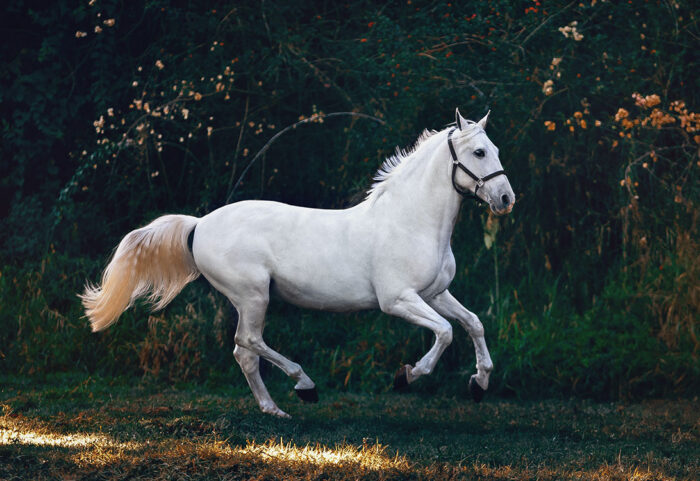Can Pets Get Seasonal Depression? (SAD)

Have you heard of SAD? It stands for seasonal affective disorder, otherwise known as seasonal depression. It’s relatively common among humans, and some studies suggest as much as 5% of the population suffers from this diagnosable disorder.
But what about animals? Can they suffer from the effects of seasonal depression, too?
What is Seasonal Depression?
First, let’s talk about what seasonal affective disorder actually is. In humans, the “winter blues” can result in feelings of sadness, lack of energy, over-sleeping or insomnia, weight gain, and irritability. These symptoms coincide with the change in the weather and are generally most pronounced when the days are shorter, the skies are grayer, and the temperature is colder.
Can Pets Have Seasonal Affective Disorder?
A lot of veterinarians think so. Studies on small rodents show evidence that decreased access to sunlight actually shrinks the hippocampus. This can, in turn, lead to depressive episodes. There’s also some evidence that pets, especially dogs, can pick up on their owner’s seasonal depression and begin manifesting symptoms as well.
What does S.A.D. look like in pets? Probably a lot like what it looks like in humans. If you’ve noticed your pet feeling sleepier, having less energy, and generally just being more of a lump in the wintertime, they may be suffering the effects of seasonal depression.
How to Help a Pet With Seasonal Depression
The good news is, seasonal depression is one of the most “treatable” forms of this mysterious mental disorder. For a lot of pets (and people!), simply getting a moderate amount of sunlight each day – as little as 30 minutes! – can actually make a huge difference. Scientists hypothesize that SAD actually makes it harder for the body to absorb vitamin D from the sun, so a little extra time outdoors may help.
Live in an area that simply doesn’t get much sun in wintertime? It may be worthwhile to invest in an indoor sun lamp, which mimics the hormone-inducing power of the sun.
Physical activity can also help boost your pet’s mood, not least of all because it encourages the flow of endorphins and seratonin in the brain. Try adding some extra playtime each day and even a walk or two to see if your pet’s mood improves.
If your pet is showing any signs of depression or mood disorders you should always, always contact your veterinarian. Many chronic illnesses have symptoms that are similar to the signs of depression and it’s important your vet run a few easy diagnostic tests on your pet to rule out anything serious. In severe cases of depression, your vet may even be able to prescribe your pet medication that can help.


